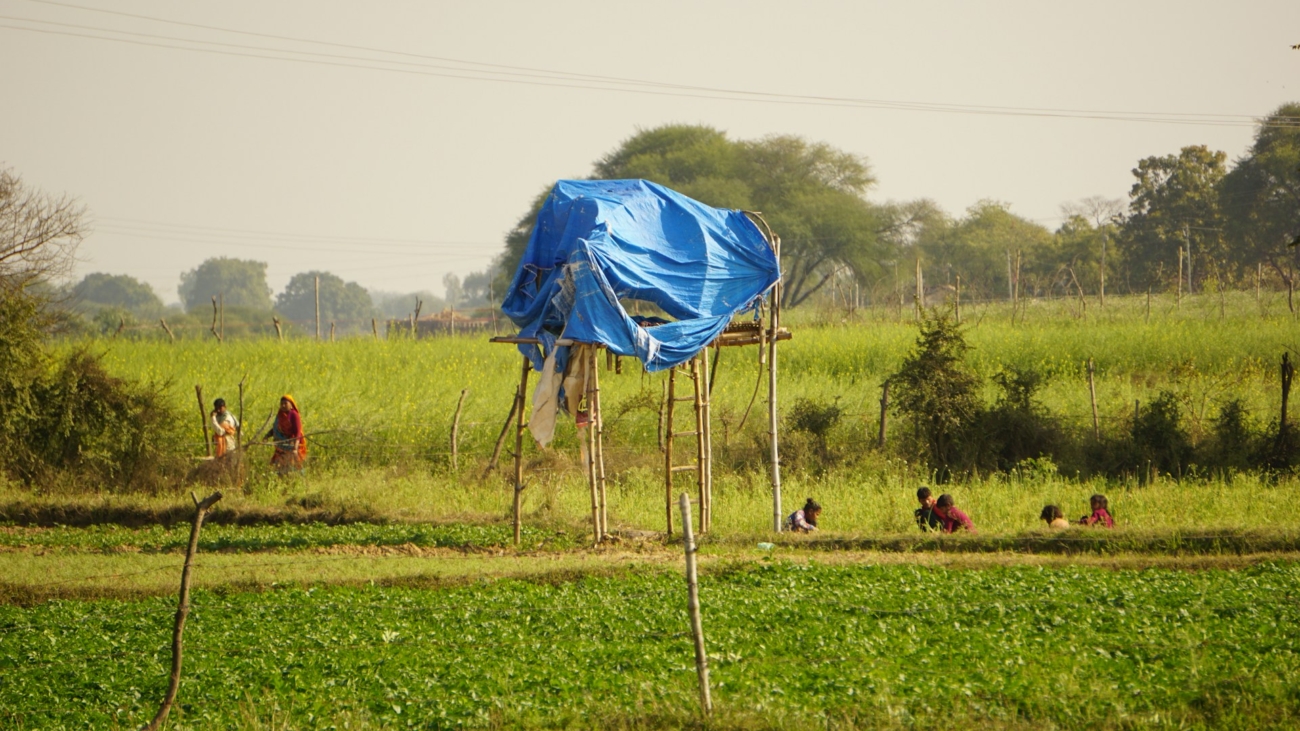The agricultural sector in India is poised for a technological revolution with the advent of drone swarms equipped with AI-powered vision systems. These advanced drones offer a groundbreaking approach to pest management, providing real-time monitoring and targeted interventions to protect crops. By leveraging cutting-edge technology, farmers can significantly enhance their pest control strategies, leading to improved crop yields and reduced environmental impact.
The integration of AI and drones in agriculture addresses some of the most pressing challenges faced by Indian farmers, such as unpredictable pest infestations and the overuse of chemical pesticides. Drone swarms with AI capabilities can identify pest threats with precision and deploy biological agents or nano-pesticides directly to affected areas. This ensures timely and efficient pest control, minimizing waste and safeguarding the environment.
Integrated Pest Management System
An integrated pest management system combines the strengths of drone swarms and ground sensors to create a comprehensive pest monitoring and control network. Ground sensors can detect early signs of pest activity, such as changes in plant health or unusual movement patterns. Once a potential threat is identified, drones are deployed to the specific location for a detailed inspection and targeted intervention.
This approach enhances the accuracy of pest detection and ensures that resources are used efficiently. By relying on both aerial and ground-based data, farmers can make more informed decisions about pest management, leading to better crop protection and higher yields. The integrated system also reduces the need for broad-spectrum pesticide applications, promoting more sustainable farming practices.
Adaptive Learning Drones
Adaptive learning drones represent the next step in agricultural innovation. Equipped with machine learning algorithms, these drones continuously refine their pest detection and control strategies based on real-world data. Over time, the AI system learns to recognize patterns and improve its responses, making the drones increasingly effective at managing pest threats.
This continuous improvement reduces the need for human intervention and allows drones to operate with greater autonomy. As a result, farmers can rely on adaptive learning drones to provide consistent and efficient pest control, freeing up time and resources for other important agricultural tasks. The ability of these drones to adapt and evolve makes them a valuable tool in the fight against crop-damaging pests.
Multi-Crop Surveillance
India’s diverse agricultural landscape presents unique challenges for pest management, with different crops requiring tailored protection strategies. Multi-crop surveillance drones are designed to monitor various types of crops simultaneously, each with its own set of pest threats. The AI-powered vision system can distinguish between different crops and pests, applying the appropriate biological agents or nano-pesticides for each situation.
This versatility allows one drone swarm to effectively manage diverse agricultural areas, ensuring optimal protection for all crops. By providing custom solutions for different crops, multi-crop surveillance drones help farmers maximize their yields and maintain healthy, pest-free fields. This technology is particularly beneficial in regions with mixed farming practices, where multiple crops are grown in close proximity.
Nighttime Operations
Pest activity often peaks during nighttime, making it crucial for farmers to have pest control solutions that operate around the clock. Drones equipped with infrared and thermal imaging capabilities can perform pest monitoring and control during nighttime hours. These advanced sensors detect heat signatures and movement, allowing drones to identify and target pests when they are most active.
24/7 monitoring ensures continuous protection for crops, reducing the risk of significant pest damage. Nighttime operations also provide additional data points for pest detection, enhancing the overall accuracy of the AI system. By extending pest control efforts into the night, farmers can achieve more comprehensive and effective crop protection.
Data-Driven Pest Control Maps
The data collected by drone swarms over time can be used to create detailed pest control maps. These maps highlight pest hotspots and trends, guiding farmers in making informed decisions about where to focus their pest management efforts. By analyzing historical data, farmers can anticipate pest outbreaks and implement preventive measures.
Strategic planning based on data-driven insights leads to optimized pest control interventions, better use of resources, and improved crop health. Pest control maps also enable farmers to monitor the effectiveness of their pest management strategies and adjust them as needed. This proactive approach helps to mitigate the impact of pests on crop yields and ensures more sustainable farming practices.
Conclusion
The integration of drone swarms with AI-powered vision systems is revolutionizing pest management in Indian agriculture. These advanced technologies provide real-time monitoring, precise interventions, and continuous improvement, offering significant benefits for farmers and the environment. By adopting drone-based pest control solutions, Indian farmers can enhance crop protection, reduce reliance on chemical pesticides, and promote sustainable farming practices.
As the agricultural sector continues to embrace technological innovations, drone swarms with AI capabilities will play a pivotal role in shaping the future of farming in India. The ability to monitor and manage pests with precision and efficiency will help farmers overcome some of the most challenging aspects of crop production. Ultimately, this technological revolution will contribute to increased agricultural productivity and food security in India.

